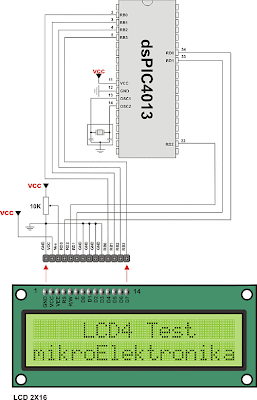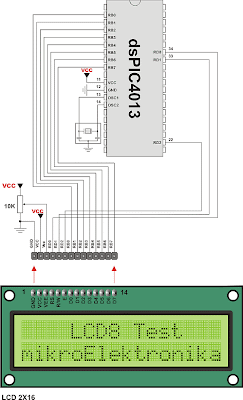Capacitor or often referred to as the capacitor is a device that can store energy in electric fields, collected by an internal imbalance of electric charge. Capacitor has a unit called the Farad. Identified capacitor has two legs and two poles of positive and negative and has a liquid electrolyte and usually cylindrical. Whereas the other species most of the lower capacity values, do not have a positive or negative poles on foot, mostly flat, round brown, red, green and others such as tablets or buttons.

Rangkaian Pengukur Kapasitas Kapasitor
This capacitance meter circuit which can be used to measure the size of the capacitor capacity.
This circuit uses pnp transistors, you can use almost any pnp transistors with frequency bandwidth of 100MHz and collecttor og current handling capability of 100 mA to replace the transistor if you can find the exact type as shown in the Schematic diagram
Note:This circuit uses pnp transistors, you can use almost any pnp transistors with frequency bandwidth of 100MHz and collecttor og current handling capability of 100 mA to replace the transistor if you can find the exact type as shown in the Schematic diagram
- This circuit can be used supplay voltage 6 VDC.
- to measure the capacitor can be done by placing a capacitor in the CX




















